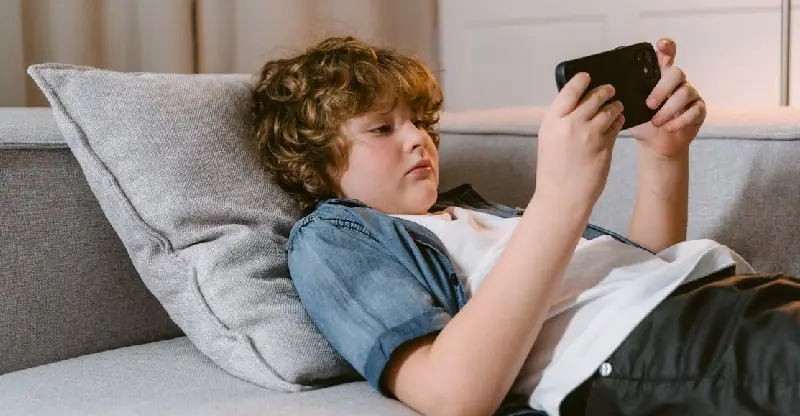
Balancing Screen Time and Learning for Kids
Today, screens can be found everywhere from televisions and tablets to phones and laptops. Children can find these devices both fun and educational. While digital technologies can provide a wealth of learning opportunities; excessive screen time can impair focus, sleep and physical health. Parents usually struggle to strike the correct balance, between enabling their children to use screens for learning while keeping their overall usage under control. Finding this balance entails, using screens strategically rather than removing them totally. With the appropriate attitude; screens can become a beneficial part of your child’s educational journey.
- How Much Screen Time is Okay for Kids?
Experts recommend that kids enjoy screen time in moderation, with younger children spending less time on devices and older children using them occasionally. A good idea is to balance screen time with other activities such as playing outside, reading a book, or spending time with family. Quality should take precedence over quantity.
- Learning Benefits of Screen Use
When utilised correctly; screens may be effective learning tools. Educational apps, interactive games and internet resources can help children improve their reading, math, and problem solving abilities. They also provide access to creative content, like drawing apps and narrative platforms. Parents can direct their children to apps and shows meant for instruction rather than limitless entertainment.
- Risks of Too Much Screen Time
Excessive screen time can cause decreased physical activity, sleep disruptions, and even difficulty concentrating. Children may also become overly dependent on digital entertainment, losing interest in real world activities. That is why it is critical to set boundaries and encourage a balance of screen and non screen learning.
- Tips to create balance for Kids
To maintain a healthy balance; set daily screen time limitations and promote regular breaks every 30 to 60 minutes. Choose age appropriate educational content that will benefit your child’s learning, as well as lots of offline activities like puzzles, reading and creative play. Most importantly, set a good example for your children by modelling healthy screen behaviours.
- Encouraging offline learning too for Kids
Screens are beneficial, but real life experiences are equally important. Reading bedtime stories, playing board games, creating crafts, and exploring outdoors are all activities that promote learning in ways that screens cannot. By combining offline and online activities; children learn to appreciate a wide range of experiences that help them develop.
Wrapping Up
Balancing screen time and learning for children, entails making deliberate decisions. Screens can be great tools when used with caution and purpose but they should never replace the importance of physical play, reading or family time. Parents may guarantee that their children’s growth is supported rather than hampered by technology by setting clear boundaries and directing them towards worthwhile activities. The idea is not to shun screens but to utilise them properly so that children may learn, play and thrive in both the digital and physical worlds.
